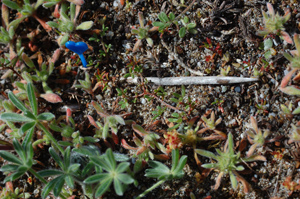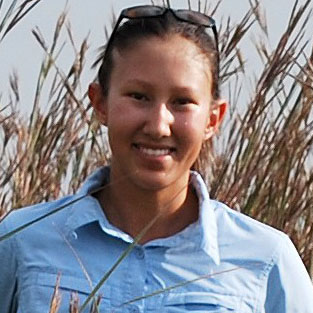 Kimberly La Pierre has joined our lab as a postdoc. Kim arrives here from the Smith lab at Yale U. She will study how different methods of managing and eradicating invasive legumes affect soil populations of rhizobia. She is particularly interested in how plant-soil feedbacks influence the durability and economic feasibility of various management methods. Her work is funded through the BiGCB with a grant from the Gordon and Betty Moore Foundation.
Kimberly La Pierre has joined our lab as a postdoc. Kim arrives here from the Smith lab at Yale U. She will study how different methods of managing and eradicating invasive legumes affect soil populations of rhizobia. She is particularly interested in how plant-soil feedbacks influence the durability and economic feasibility of various management methods. Her work is funded through the BiGCB with a grant from the Gordon and Betty Moore Foundation.
Author Archives: Ellen Simms
Outdoor group meeting
Gallery
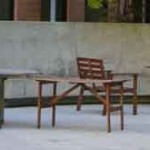
This gallery contains 2 photos.
Today we enjoyed the summery weather by holding our group meeting in the VLSB courtyard. The venue, complete with chalkboard, helped us work our way through the second chapter of Samir Okasha’s Evolution and the Levels of Selection. We’re finding … Continue reading
Jessica takes exciting new job!
Gallery

This gallery contains 1 photo.
Jessica Shade joins the Organic Trade Association as its Science Director!
Toni has her baby!
Gallery
Congratulations to lab manager, Toni Mohr, who gave birth to daughter Annabelle Mohr on March 19.
Hormogonia production by cyanobacteria
Gallery
Rebecca and Amy have been cranking – collecting tons of data on hormogonia production – and they’re getting some really cool results! They’ve been observing production of this dispersive stage by cultures isolated from symbiotic and non-symbiotic environments after they’ve … Continue reading
Erol Akçay visits lab
Gallery

This gallery contains 2 photos.
Erol and Ellen are developing some models of nodulation rates in plants. We’ll be presenting some of our results in lab group meeting tomorrow.
Measuring rhizobium dispersal
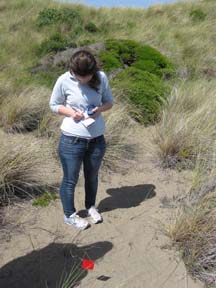 Bradyrhizobium refers to soil-dwelling bacteria that infect the roots of certain legumes (plants in the bean family) and fix nitrogen symbiotically in exchange for carbon compounds from their plant hosts.
Bradyrhizobium refers to soil-dwelling bacteria that infect the roots of certain legumes (plants in the bean family) and fix nitrogen symbiotically in exchange for carbon compounds from their plant hosts.
We’re trying to see if Bradyrhizobium cells disperse in rainwater during storms. First, we learned that the wind direction changes when a storm comes in. So, any bacteria that disperse as dry fall or by fog impaction will be dispersing from northwest to southeast whereas bacteria that disperse during rainy weather will be moving in the opposite direction.
This week, we got about 500 ml of rainwater at each of 18 sites along a transect within the Bodega Dunes. This involved tramping around in the dunes all afternoon and into the night, putting out sampling containers, which in this case are sterile canning jars, and then revisiting the sites to collect the jars before they overflow. That meant running all over the dunes in the rain! We got pretty soaked, but it wasn’t very cold, so it was an adventure.
We’ve filtered an aliquot of each sample for future sequencing and used the rest to inoculate trap plants. These plants nodulate Bradyrhizobium and they make different sized nodules, depending on the genotype, which is very convenient. This kind of assay is called a bio-assay, because we’re letting an organism count the cells for us. In a few weeks, we’ll count root nodules on those plants to tell if there were any Bradyrhizobium cells in the rain samples.
Bodega Reserve
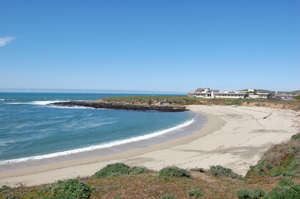 We do much of our current field work on legume-rhizobium interactions at Bodega Reserve. Bodega is one from among the amazing collection of research reserves managed by the UC Natural Reserve System.
We do much of our current field work on legume-rhizobium interactions at Bodega Reserve. Bodega is one from among the amazing collection of research reserves managed by the UC Natural Reserve System.

